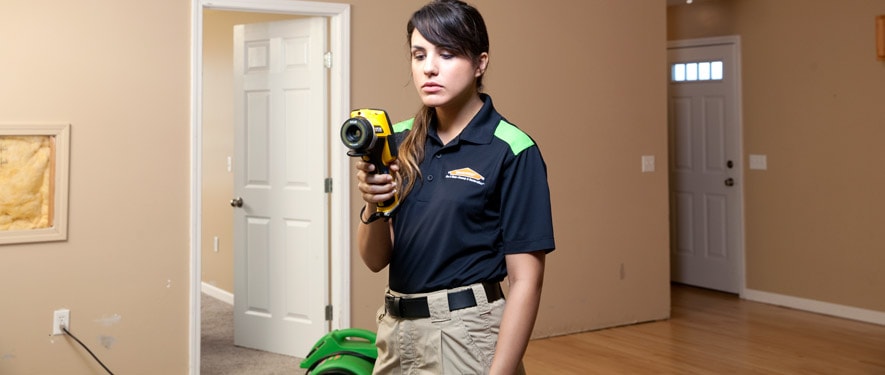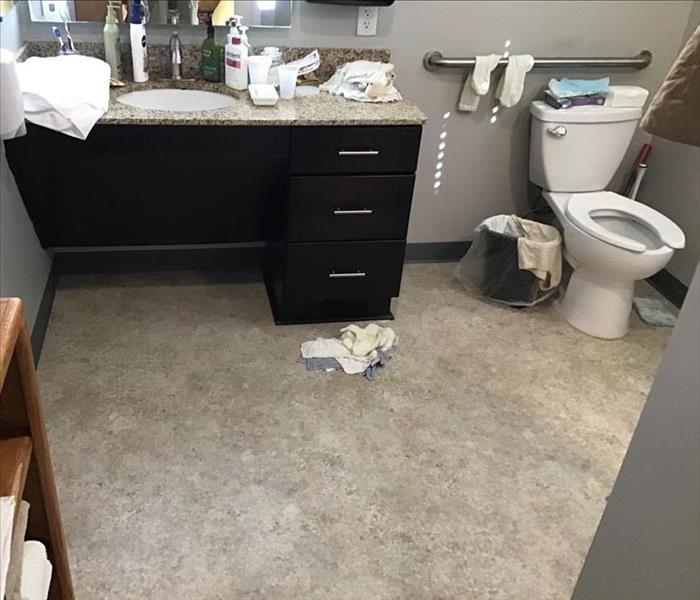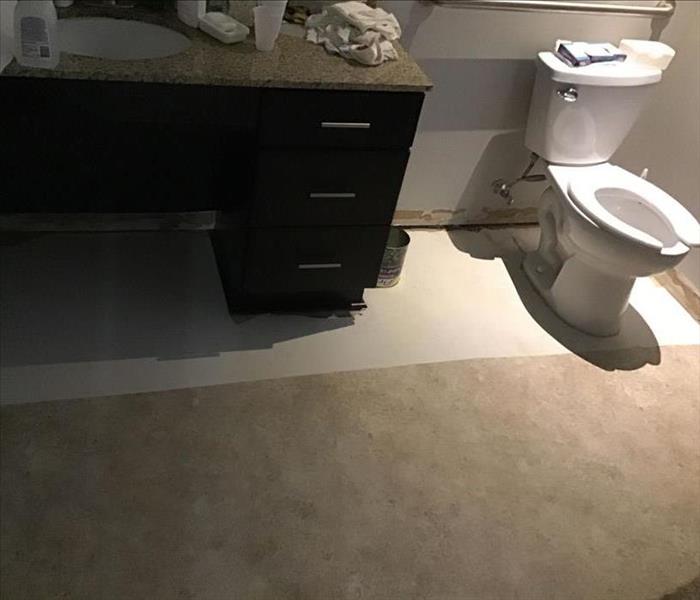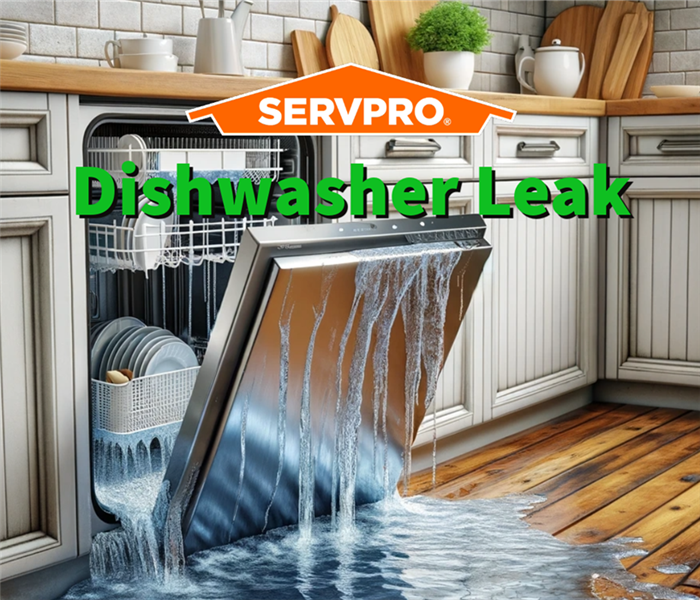
Step 2: Inspection and Water Damage Assessment
Our Water Damage Restoration Process
The professionals at SERVPRO of Barrow County understand the science behind water damage. When we arrive at the water damage scene, the first thing we do is inspect and assess the damage. An inspection is essential because not all water damage is the same, and different types of water damage require various cleanup and restoration procedures. For example, if the water is from a clean source, such as a faucet or pipe burst, it will be classified as “clean water.” However, if the water is from an unclean source, such as a sewage backup, it will be classified as “black water.”
After we have inspected and assessed the damage, we can develop a plan of action, also known as a scope. The scope will be designed specifically for your home or business. It will consider the type of water damage, the extent of the damage, and the specific materials and surfaces that are affected.
Identify and Stop the Water Source
We will check for the source of moisture in your home or business. The source must be stopped before any restoration or drying of the building can be successful.
- Stop the Source
- Check for Contaminated Water
Identify the Type of Water
We will identify the category and classification of water damage to ensure our professionals restore your property based on industry guidelines. The level of contamination of the water will affect the specific restoration processes we use.
- Category 1: "Clean Water"
- Category 2: "Gray Water"
- Category 3: "Black Water"
Survey the Extent of the Water Damage and Inspect the Premises
We inspect and test to determine the extent of damage and how far the moisture has traveled to ensure proper and complete restoration. In addition, we will inspect for safety concerns that may be evident. If there are any safety issues like lead or asbestos, please bring them to our attention.
- Survey Damage
- Complete Safety Inspection
Move or Block Furniture
We move furniture and property contents and block items to help prevent rust or furniture stains on wet carpet.
- Block Furniture

 24/7 Emergency Service
24/7 Emergency Service





